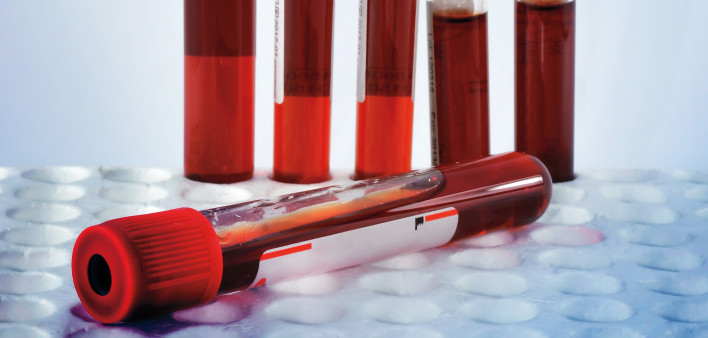Much of the HIV reservoir is established soon after antiretroviral treatment begins, new research reveals. The reservoir refers to inactive immune cells harboring latent HIV; antiretrovirals do not reach this dormant virus, presenting a barrier to a cure. Researchers at the University of Cape Town analyzed viral genetic sequences in the blood of nine South African women before and after they started treatment. Before treatment, the reservoir is constantly changing. But on average, 71% of the women’s reservoirs consisted of HIV strains closely related to those circulating in their blood just before they started antiretrovirals. The researchers suggest that treatment might quiet the immune system in a way that encourages more CD4 T cells carrying HIV to turn into long-lived memory cells and become part of the inactive reservoir. A better understanding of this process might uncover ways to intervene at the start of treatment to reduce the size of the reservoir and increase the likelihood of a cure.

Istock
Cure: Viral Reservoir
In theory, starting antiretrovirals quiets the immune system, leading more immune cells to become part of the inactive reservoir.






Comments
Comments